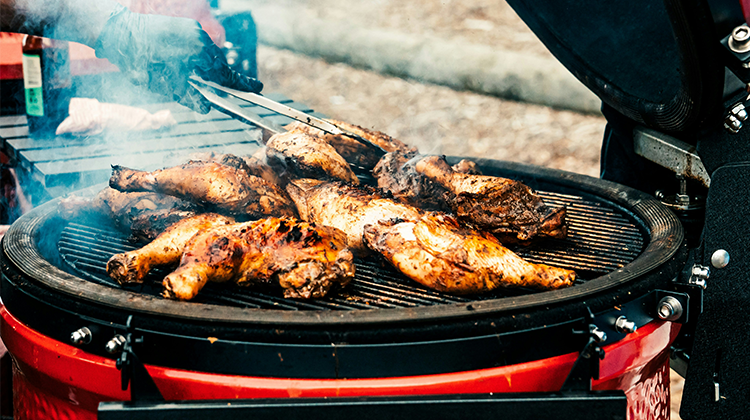Latin American cuisine is a vibrant tapestry woven from the rich and diverse culinary traditions of Indigenous peoples, European colonizers, and African slaves. From the fiery flavors of Mexico to the savory delights of Brazil, the cuisine of Latin America reflects centuries of cultural exchange, adaptation, and innovation. In this article, we explore the fascinating interplay of Indigenous, European, and African influences that have shaped the gastronomic landscape of the region.
Indigenous heritage forms the bedrock of Latin American cuisine, providing a foundation of ingredients, techniques, and flavors that continue to define the culinary identity of the region. Corn, beans, squash, chili peppers, tomatoes, and potatoes were staples of pre-Columbian diets, cultivated and consumed by Indigenous peoples across the Americas for thousands of years. These ingredients not only sustained ancient civilizations but also laid the groundwork for the vibrant culinary traditions that emerged following the arrival of European explorers.
The Spanish conquest of the Americas in the 16th century brought European ingredients and cooking techniques to the New World, leading to a culinary fusion that would forever alter the course of Latin American gastronomy. Spanish colonizers introduced wheat, rice, citrus fruits, olive oil, pork, and beef, along with culinary methods such as frying, baking, and braising. These new ingredients and cooking techniques merged with Indigenous culinary practices, giving rise to iconic dishes like tamales, empanadas, and ceviche, which blend Indigenous and European elements in perfect harmony.
However, it was the forced migration of millions of Africans to the Americas added another layer of complexity to Latin American cuisine. Africans brought with them a wealth of culinary knowledge, including techniques for smoking, stewing, and seasoning food with aromatic spices. They also introduced ingredients such as okra, yams, plantains, and various tropical fruits, which quickly became integral components of the culinary repertoire in regions with large African populations, such as the Caribbean and Brazil.
One of the most iconic examples of culinary fusion in Latin America is found in the Afro-Brazilian dish feijoada. This hearty stew of black beans, pork, and sausage is believed to have originated from the slave quarters, where enslaved Africans would make use of leftover meats and beans to create a flavorful and nourishing meal. Today, feijoada is considered a national dish of Brazil, symbolizing the country's multicultural heritage and the resilience of its people.
Similarly, in the Caribbean, dishes like jerk chicken and rice and peas reflect the fusion of African, Indigenous, and European culinary traditions. The use of fiery Scotch bonnet peppers, aromatic spices like allspice and thyme, and cooking techniques such as slow smoking are all hallmarks of Afro-Caribbean cuisine, which continues to delight palates around the world.
In Mexico, the ancient tradition of mole sauce exemplifies the intricate blend of Indigenous, European, and African influences in Latin American cuisine. Mole is a complex sauce made from chili peppers, chocolate, nuts, seeds, spices, and sometimes even fruit, creating a rich and flavorful accompaniment to meats and poultry. The use of chocolate in mole is a testament to the culinary exchange between Indigenous peoples and European colonizers. At the same time, the inclusion of chili peppers and spices reflects the influence of African flavors and cooking techniques.
As Latin American cuisine continues to evolve and adapt to changing tastes and trends, its multicultural roots remain firmly planted in the soil of Indigenous, European, and African heritage. From the street food stalls of Mexico City to the fine dining restaurants of Buenos Aires, the region's flavors tell a story of resilience, creativity, and cultural diversity. In every bite, one can taste the legacy of centuries of cross-cultural exchange, making Latin American cuisine a true reflection of the melting pot of cultures that defines the region.







